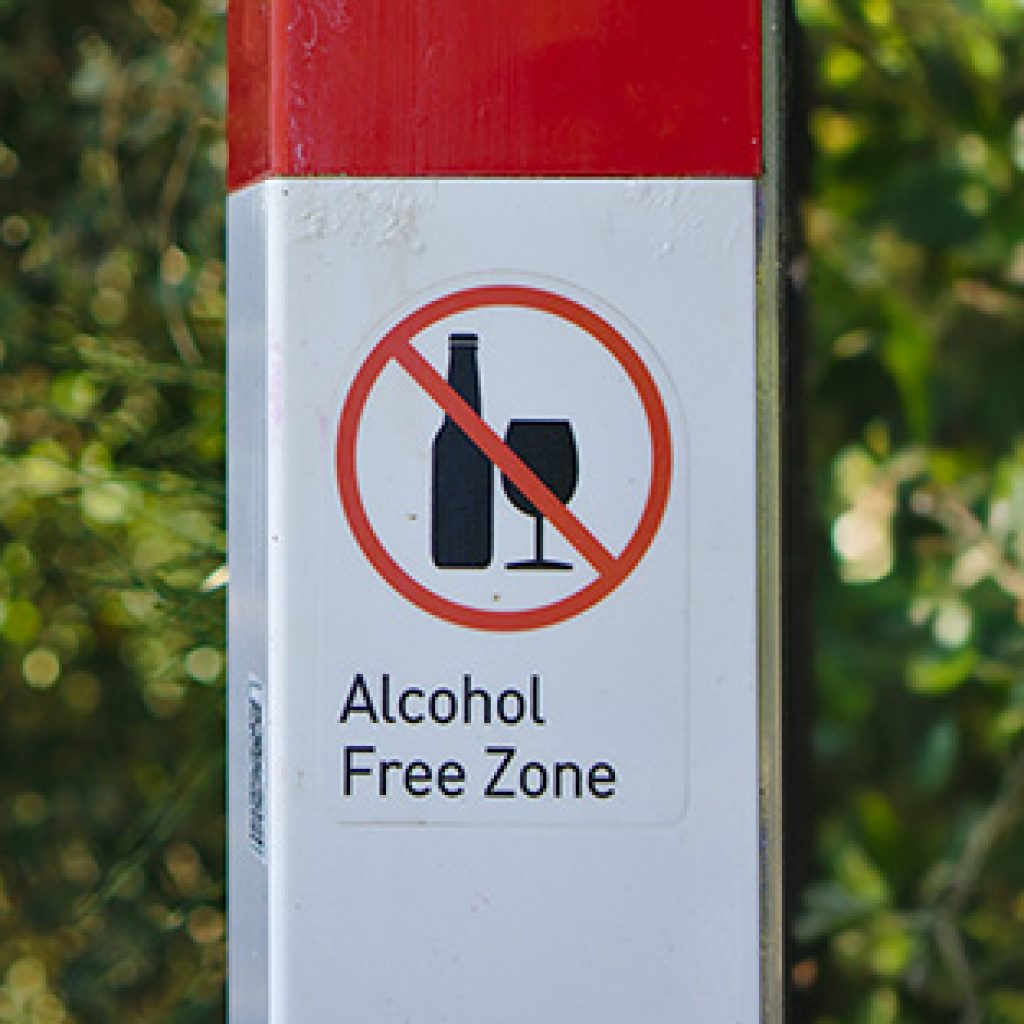Five Takeaways from the Nevada Cannabis and Vaping Summit
Five Takeaways from the Nevada Cannabis and Vaping Summit
Recently the Nevada Department of Health and Human Services (DHHS) and Division of Public and Behavioral Health (DPBH) in partnership with the Nevada Attorney General’s Office hosted a 3-day virtual summit to identify Nevada’s priorities and strategies related to legal adult-use, public safety, regulation, prevention, treatment, and oversight of cannabis and vaping products. Data was presented, and discussions were held about prevention, treatment, law enforcement/public safety, and regulation for both cannabis and vaping. Presentations and panels on days one and two focused on the current state of the research and explored emerging and established best practices. The panels and presentations informed attendees, who then participated in Action Planning workshops on day three. The following are just a few examples of some of the extraordinary information that was provided to the attendees. Check back soon for insights into the accomplishments of the attendees during the Action Planning workshops.
- Cannabis use in youth is on the rise. Reporting on Adverse Health Effects of Vaping and Cannabis Use at the Nevada Cannabis and Vaping Summit January 12-14, 2021, Neal L. Benowitz, MD related that due to adolescents having incomplete development of the prefrontal cortex, youth are at increased risk of risky behaviors, impulsivity, and novelty-seeking. They are vulnerable to early initiation of drug use and the addiction that can be a consequence.
- There is increasing evidence that vaping has harmful health consequences, but fewer consequences than inhaling smoke from tobacco or cannabis. Benowitz summarized the evidence on vaping for the delivery of both cannabis and nicotine thus:
- As a delivery method for cannabis and nicotine, vaping has both fewer and lower levels of toxic chemicals than smoking the substances;
- Biomarkers of exposure to toxins are much lower in vaping;
- Both lung and vascular function are improved in smokers who switch to vaping.
Dr. Benowitz added that although adolescent vaping is concerning, its impact on public health remains unclear at this point in time. Vaping in youth is on the rise – it is a mode of use for a number of substances. However, Jennifer Pearson, MPH, PhD of the University of Nevada, Reno reported the results for Nevada were encouraging. Data from the Youth Risk Behavior Survey (YRBS) for the early initiation of vaping among Nevada Middle School and High School students, showed no statistically significant change for High School Students and a statistically significant decrease in vaping for Middle School students between the 2017 and 2019 data (2017: 5.1% – 2019: 3.6%).
- The evidence is building about a variety of health concerns associated with cannabis use. Among the issues that have not been examined thoroughly according to Dr. Benowitz are: unregulated additives in the vaping process; the fact that while cannabis may have medical benefits, most use by adolescents is recreational; and the public health impact has not been fully investigated. Dr. Benowitz explained that when THC is inhaled through the lungs, blood levels of the substance peak very soon after inhalation and, depending on the dose, the active duration of the chemical is approximately 4-6 hours. The blood levels of THC consumed orally, on the other hand, are more erratic, with levels peaking 3-4 hours from consumption or longer. And the chemical effects may last longer than 24 hours. Tolerance developed from prior use is an important element in determining toxicity, with tolerance of higher levels of THC seen in experienced and frequent users of cannabis while inexperienced users may suffer severe toxicity from relatively moderate doses. The health concerns associated with cannabis use include Neurocognitive effects, psychiatric effects, pulmonary disease, cardiovascular disease, reproductive disorders, and social dysfunction. During inhalation or ingestion, the use of cannabis produces neurocognitive effects, including euphoria, relaxation, anxiety, dysphoria, psychosis/hallucinations, changes in perception of colors, sounds, and time, and impairments in short term memory, judgment, attention, and coordination. The conclusion drawn by Dr. Benowitz is that while there may be medical benefits for cannabis use, there are potentially a variety of possible negative effects relevant to the effects of acute intoxication and the associated effects of cannabis use disorder can include cognitive and psychiatric problems as well as social dysfunction that can impact performance at work and school.
- The marijuana black market has not been eliminated by legalizing it – in fact, it is thriving. Legalizing Cannabis creates a multitude of issues connected to the very fact that it is no longer illegal. Adjusting to a regulatory approach for legalized cannabis is a complex and ongoing process according to Expanding the Public’s Understanding of Legal Retail Cannabis Products, a presentation on January 12, 2021 of the Cannabis and Vaping Summit. An overview of regulatory issues was provided by among the many issues that must be addressed was provided by David Hammond, PhD and Samantha Goodman, PhD for the University of Waterloo. Among the many issues that must be dealt with in the transition to legalizing cannabis that members of the general public often do not realize are these examples:
- Product Requirements – what will be legal and how will it be defined? Will growing for personal use be allowed or regulated?
- Packaging – what regulations will produce uniform packaging with both information vital for consumers such as warning labels and advertising messages?
- Product Testing and Safety – how will microbial contaminants be controlled and what types of testing should be required to set a standard for uniform and safe products?
- Marketing and Advertising – how will consumption be portrayed ? how can replacing of illicit products with uniform legal products be insured? How will youth who are bound to see marketing and advertising not be targeted by those efforts?
- Taxation – what impact will taxes on the legal product have on the black market product? Will taxes be local, or state based? Will taxes be based on potency, weight, or volume? How will products be distributed?
- Social Consumption and Delivery – will video surveillance of businesses be introduced or allowed? What will the liability be for businesses? Will product limits be instituted?
- Sales and Licensing Infrastructure – will the model be commercial, non-profit, or state-controlled? How will licenses be allocated? Will changes of ownership of businesses be allowed? Must owners and interested parties be in the state or out of state?
- Public Health Programs – will workers be certified or educated and at what level? How will at-risk populations be identified and protected? How will adverse events be reported and to whom? How will baseline and ongoing data on use rates and outcomes be established and tracked over time?
Additional issues raised by Karalin Cronkhite of the Nevada Cannabis Compliance Board included:
- Types of facilities allowed for cultivation, production, dispensing and retail sales, testing, and distributing;
- Pre-approval for new equipment, menu items, packaging, and modifications of facilities;
- Regulation of what cultivations may produce;
- Production methods allowed;
- Allowable methods of ingestion or administration’
- Allowable types of concentrates, such as candy, beverages, and vaping liquids;
- Required warning symbols;
- Analysis of products for potency, foreign matter, and microbes;
- Regulation of samples.
Some of the issues listed have been encountered by other states who have gone through the process of legalizing and regulating cannabis, and much can be learned by examining how other states have addressed those issues. Emerging issues are those that states must be prepared to handle as they arise, however. Some examples include home growing, identification of new THC isomers, coordinating efforts with cannabis and hemp markets, and changes that occur at the federal level.
- As new research is added to the knowledge base, regulatory changes may also need to be made. A recent systematic review of cannabis use in military veterans, for instance, showed that cannabis use among veterans is mostly associated with negative outcomes, such as use of other substances, more severe psychiatric illness, and higher rates of self-harm and suicide (Turna & MacKillop2020). The authors speculated that part of the reason for the findings was due to so few studies examining the actual therapeutic effects of cannabis and suggested that future research should include studies of that nature. Until such studies are published, however, regulators of the cannabis industry must proceed with the knowledge that according to the most current research, the risks of cannabis use by veterans are not offset by viable benefits. Regulatory changes must be in response to the most current data.
For additional resources on this topic, visit the CASAT OnDemand Resources & Downloads page and the Catalyst Blog.
If you attended the Nevada Cannabis Summit, what takeaways can you share? Was there a particular presentation that impressed you? Please share your comments below!
References
Turna, J., & MacKillop, J. Cannabis use among military veterans: A great deal to gain or lose?. Clinical Psychology Review, 101958.
Blog Post Tags:
Related Blog Posts
Related Learning Labs
Related Resources
.
- Buscar Tratamiento de Calidad para Trastornos de uso de Sustancia (Finding Quality Treatment for Substance Use Disorders Spanish Version)
- Finding Quality Treatment for Substance Use Disorders
- Focus On Prevention: Strategies and Programs to Prevent Substance Use
- Monthly Variation in Substance Use Initiation Among Full-Time College Students
- The National Survey on Drug Use and Health (NSDUH) Report: Monthly Variation in Substance Use Initiation Among Adolescents








